- Free EU, EEA, UK & US Shipping!
Pearl Earrings
-
Sale!
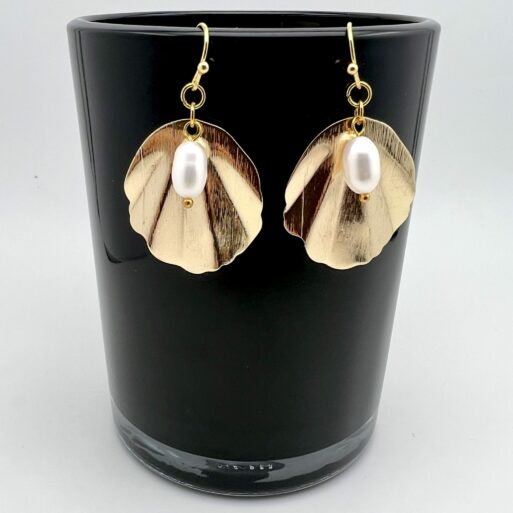
Pearl Shell Drop Earrings Gold
42,60 €Original price was: 42,60 €.34,08 €Current price is: 34,08 €. Add to cart -
Sale!
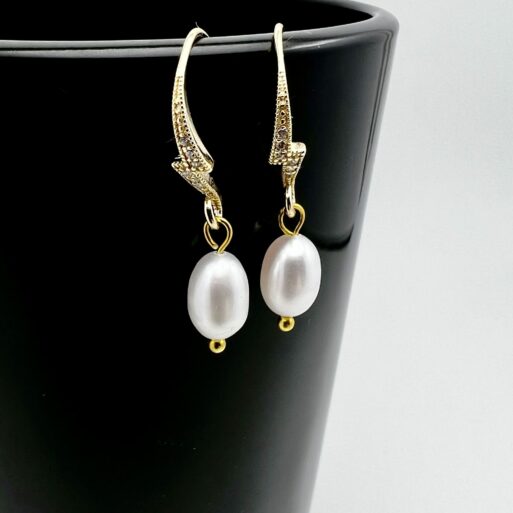
Pearl Drop Earrings Gold
33,40 €Original price was: 33,40 €.26,72 €Current price is: 26,72 €. Add to cart -
Sale!

Pearl Dangle Earrings Gold
47,80 €Original price was: 47,80 €.38,24 €Current price is: 38,24 €. Add to cart -
Sale!
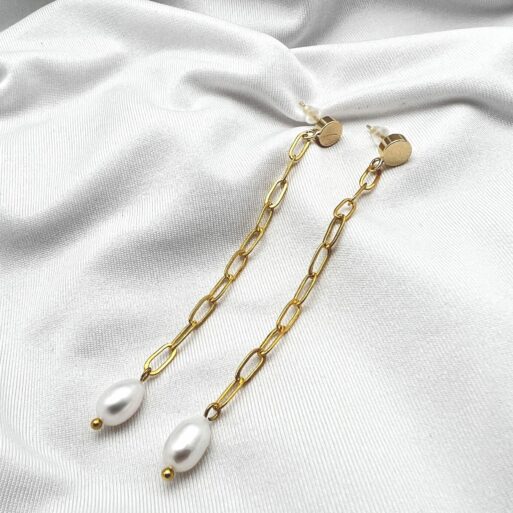
Pearl Long Drop Earrings Gold
32,40 €Original price was: 32,40 €.25,92 €Current price is: 25,92 €. Add to cart -
Sale!

Pink Pearl Long Drop Earrings Gold
50,10 €Original price was: 50,10 €.40,08 €Current price is: 40,08 €. Add to cart -
Sale!

Pearl Drop Earrings With Gold Accent
37,40 €Original price was: 37,40 €.29,92 €Current price is: 29,92 €. Add to cart -
Sale!
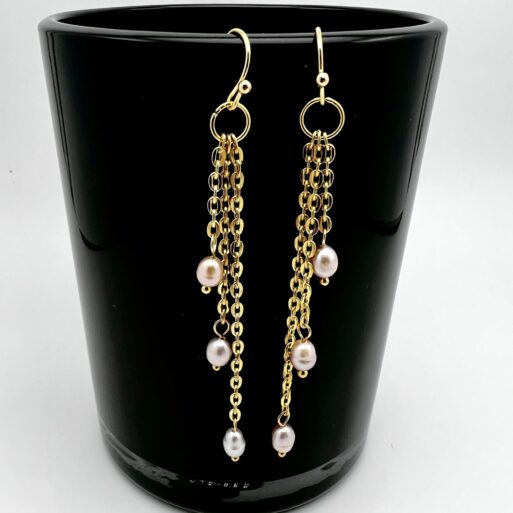
Pink Pearl Dangle Earrings Gold
36,40 €Original price was: 36,40 €.29,12 €Current price is: 29,12 €. Add to cart -
Sale!

Seed Pearl Long Drop Earrings Gold
34,90 €Original price was: 34,90 €.27,92 €Current price is: 27,92 €. Add to cart -
Sale!
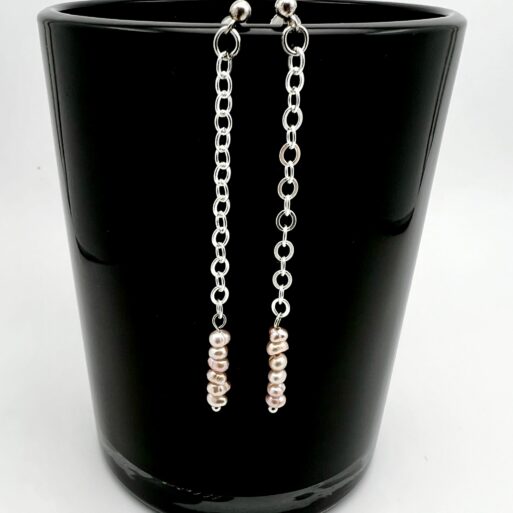
Seed Pearl Long Drop Silver Earrings
33,60 €Original price was: 33,60 €.26,88 €Current price is: 26,88 €. Add to cart
About Pearl Earrings
Use of Pearls in Jewelry
The Classy Kit pearl earrings are produced from natural freshwater pearls.
The worth of pearls in jewelry is established based on a blend of qualities such as luster, color, size, symmetry, and absence of surface blemishes that are suitable for the specific type of pearl. Among these characteristics, luster is the most crucial factor distinguishing pearl quality, as claimed by jewelers. In general, bigger pearls are deemed more valuable when all other factors are identical. Large, completely round pearls are exceptional and hold high esteem. Pearls in the shape of teardrops are frequently employed in pendants.
Basic Information
A pearl is a gleaming and unyielding object that emerges within the tender tissue of a living shelled mollusk or any other animal, including fossil conulariids, mainly in the mantle. Comparable to the mollusk's shell, it consists of minute crystalline calcium carbonate, predominantly aragonite or a fusion of aragonite and calcite, that has amassed in concentric layers.
While an ideal pearl is round and sleek, baroque pearls, which come in various shapes, can also appear. Natural pearls of the highest quality have long been prized as precious gemstones and objects of beauty. Therefore, the pearl has become a metaphor for rarity, excellence, admiration, and worth.
The most precious pearls are those that arise spontaneously in the wild, but they are exceedingly rare. These natural pearls are known as natural pearls. The majority of pearls sold today are farmed or cultivated pearls obtained from pearl oysters and freshwater mussels. Artificial pearls are also extensively available in low-cost jewelry. Pearls have been primarily harvested and cultured for use in jewelry, but they have also been employed to embellish garments in the past. Furthermore, they have been crushed and used in cosmetics, medicines, and paint compositions.
Detailed Information about Pearls
Types of Pearls
Freshwater Pearls
Freshwater pearls, produced by mussels in rivers and lakes, are typically less expensive than saltwater pearls. They come in various shapes and colors, including white, pink, and lavender. These pearls are popular in many types of jewelry due to their affordability and variety.
Akoya Pearls
Cultivated primarily in Japan and China, Akoya pearls are known for their high luster and classic white or cream colors. They are often used in traditional pearl necklaces and earrings.
South Sea Pearls
These pearls are among the largest and most valuable. They are cultivated in the warm waters of Australia, Indonesia, and the Philippines. South Sea pearls come in white, silver, and gold shades and are renowned for their smooth surface and luxurious appearance.
Tahitian Pearls
Originating from the black-lipped oyster in French Polynesia, Tahitian pearls are famous for their natural dark colors, ranging from black to green, blue, and purple. They are highly sought after for their exotic appeal.
Pearl Grading
Pearls are graded based on several factors:
Luster
The sharpness and intensity of the reflections on the pearl's surface. Higher luster means a higher quality pearl.
Surface Quality
The presence or absence of blemishes or irregularities on the pearl's surface. Fewer blemishes indicate a higher grade.
Shape
Round pearls are the most valuable, followed by near-round, oval, and baroque shapes.
Color
Pearls come in a wide range of colors, including white, cream, pink, lavender, and black. The most desirable color can vary depending on personal preference and market trends.
Size
Larger pearls are generally more valuable. Pearl sizes are measured in millimeters, with most pearls ranging from 2 mm to 16 mm or larger for South Sea pearls.
History and Cultural Significance
Pearls have been treasured for thousands of years. They were used by ancient civilizations, including the Egyptians, Romans, and Chinese, as symbols of wealth and status. In ancient Rome, pearls were considered the ultimate symbol of wealth and social standing. During the Renaissance, pearls were so highly valued that several European nations passed laws reserving the wearing of pearls for the nobility only.
In many cultures, pearls are also believed to possess mystical properties. In ancient China, pearls were believed to protect against fire and dragons. In India, they were considered auspicious for marital bliss and long life. Today, pearls continue to be a symbol of elegance and sophistication, often worn by brides and featured in high-end jewelry collections.
River Pearls
River pearls, also known as freshwater pearls, are produced by freshwater mussels in rivers, lakes, and ponds. These pearls are often cultivated in China, which is the largest producer of freshwater pearls. Unlike saltwater pearls that typically form around a nucleus bead, freshwater pearls are usually nucleated with a piece of mantle tissue, leading to a more solid nacre structure.
Freshwater pearls come in a variety of shapes and colors, ranging from white and cream to more exotic shades like lavender, pink, and gold. They are generally more affordable than their saltwater counterparts due to their abundant supply and the ease of cultivation. Despite their lower price, high-quality freshwater pearls can rival the beauty and luster of the best saltwater pearls.
Conclusion
Pearls, whether freshwater or saltwater, natural or cultured, remain one of the most beloved and sought-after gemstones in the world. Their timeless beauty and the meticulous process required to cultivate them make pearls a unique and cherished addition to any jewelry collection.
